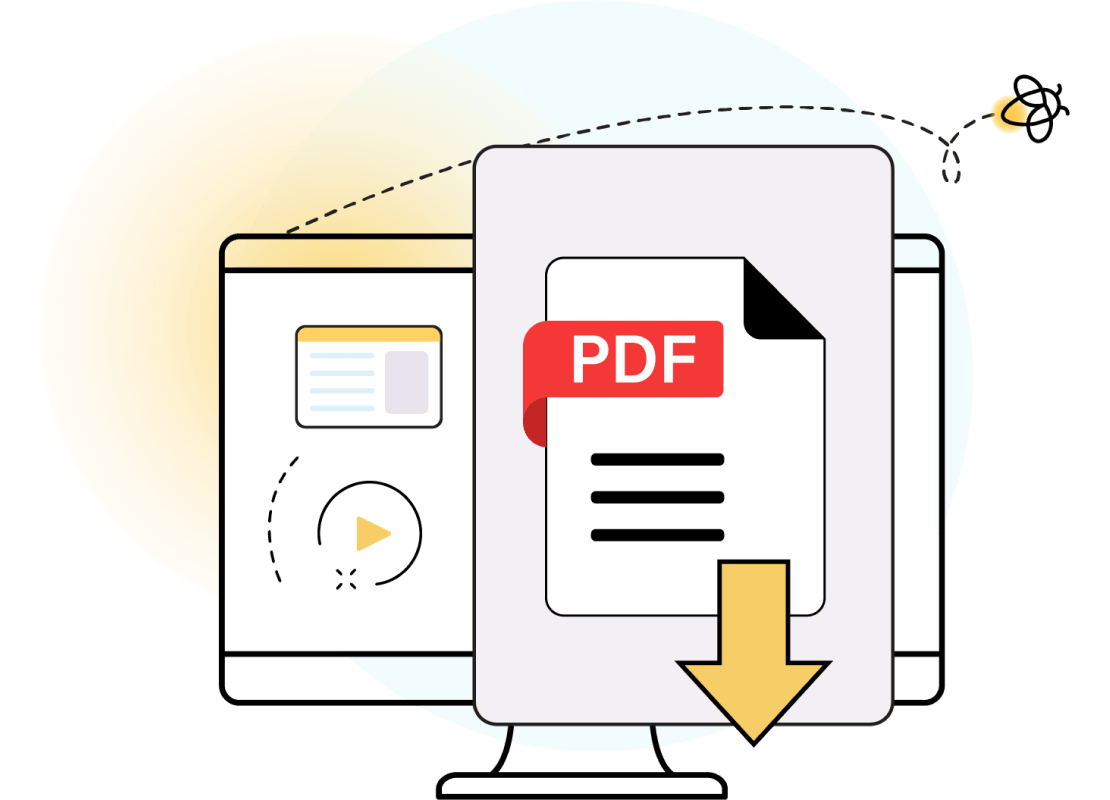The why behind the firefly
Discover the evidence-based learning that drives Lumio's product development.
Download logic modelSee pricing optionsLumio Logic Model
This model outlines the ways students and educators use Lumio, the features that make it special, and the expected outcomes from integrating it into learning activities. Lumio is developed and updated based on this logic model, ensuring that product improvements lead to desired learning outcomes.

-
Students
-
Educators
What do students do with Lumio?
They actively engage in learning.
Hands-on activities
Engage in hands-on learning with interactive content
Flexible learning pacing
Connect to lessons synchronously or asynchronously to work at your own pace and take ownership of learning
Collaborative activities
Collaborate with peers through interactive workspaces to actively learn together
What makes Lumio special to students?
It increases student engagement and collaboration.

Easy real-world application

Individual, small group, or whole-class interactive activities
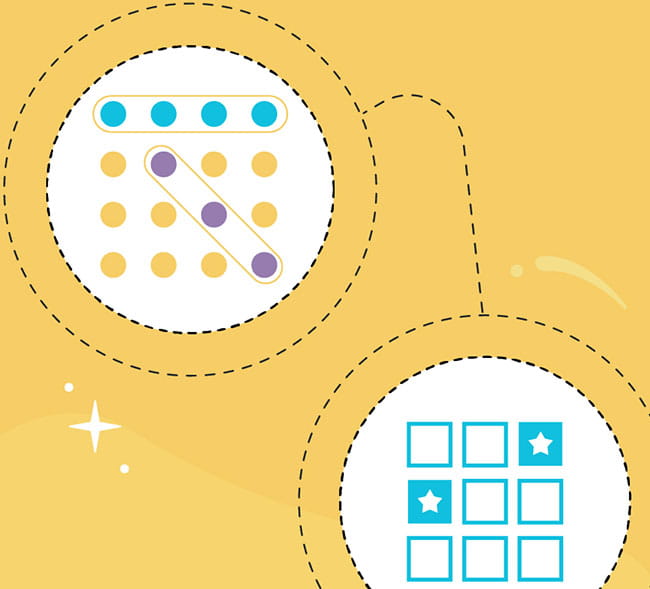
Game-based learning opportunities
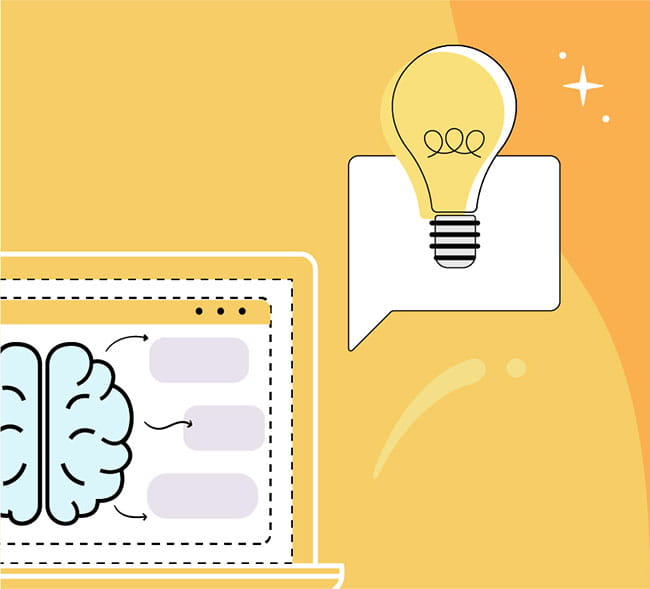
Create visual connections between concepts and concrete models
What do educators do with Lumio?
They amplify best teaching practices.
Transform content
Transform static content to create and deliver interactive lessons
Personalize learning and pacing
Toggle between student-paced and teacher-paced modes to personalize learning
Formative assessment tools
Check for student understanding with interactive formative assessment tools
Insights in real-time
Adjust lessons based on real-time feedback
What makes Lumio special to educators?
It makes learning more accessible.

Flexibility to participate anonymously
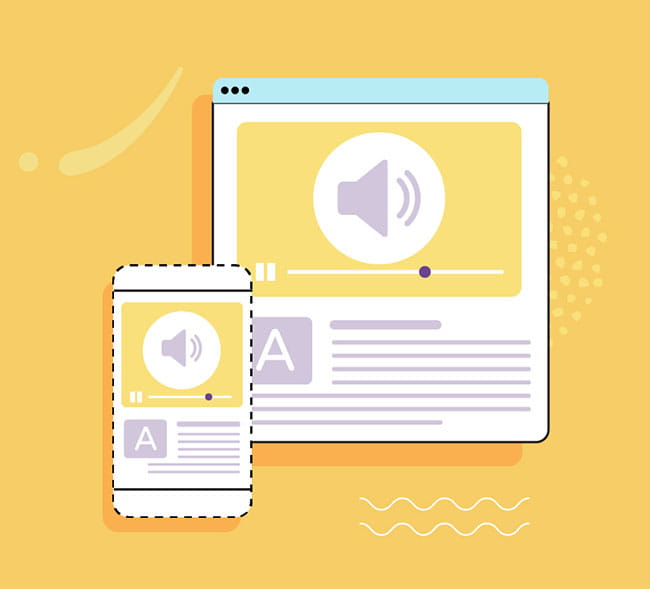
Support scaffolded learning with instructional audio

Build confidence and support fluency with Immersive Reader

Opportunity to differentiate with asynchronous learning
It provides insight into learning.
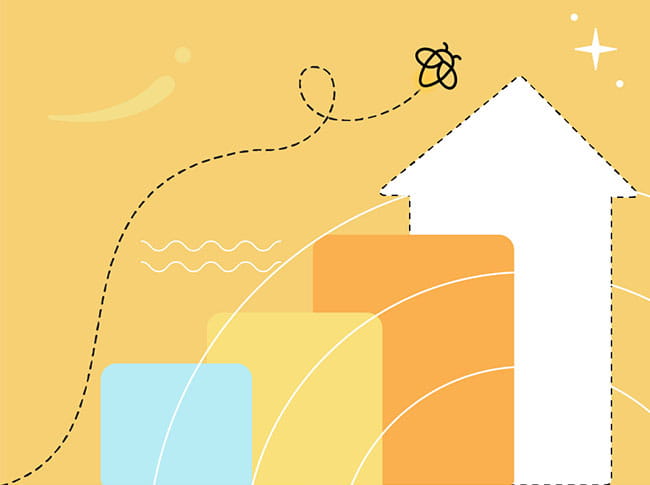
Gauge student progress

Provide real-time feedback
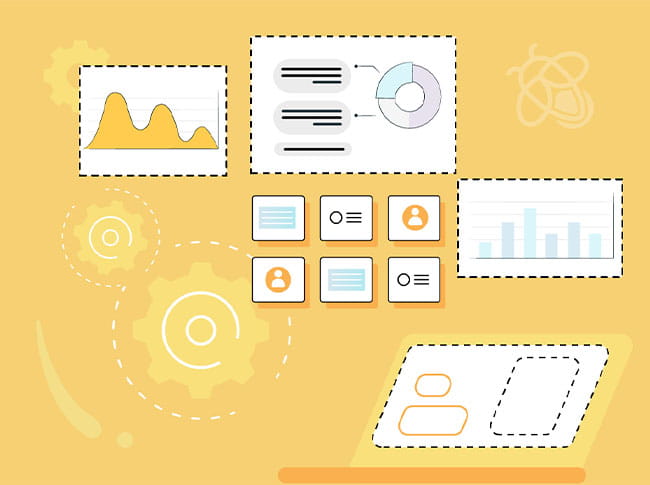
Adjust lessons on the go
What does the data tell us?
Educators using Lumio agree that it promotes active learning, increases students' engagement in classrooms, and makes their lessons interactive.
Supports best teaching practices




Increases accessibility



Quick wins with Lumio
Student application
Improve student problem-solving, multimodal communication, and collaboration skills.
Comprehension and processing
Students construct knowledge to demonstrate understanding and master learning objectives through creative thinking and application.
Change in attitude
Empower students to take ownership of their own learning by improving practice and engaging in the process.
Long-term outcomes
Improve student mastery
Meet the needs of all learners to close achievement gaps and improve student mastery.
Boost student satisfaction
Help students find meaning and self-expression in their learning experience.
Increase retention rates
Engaged learners attend class more often, improving overall attendance and graduation rates.
Lumio is backed by multiple Digital Promise certifications


Lumio isn’t just innovative — it’s grounded in research
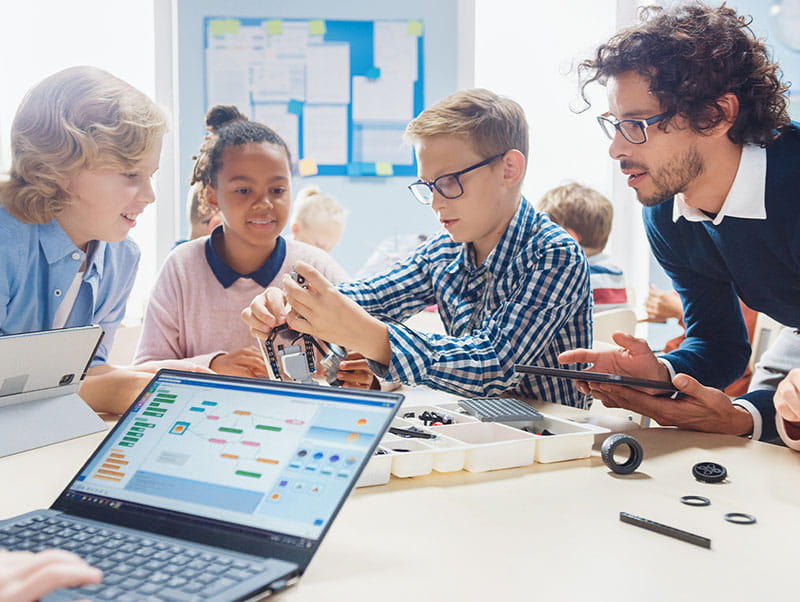
Ignite student engagement
Research shows that promoting student agency positively impacts student engagement and higher-order thinking.
See how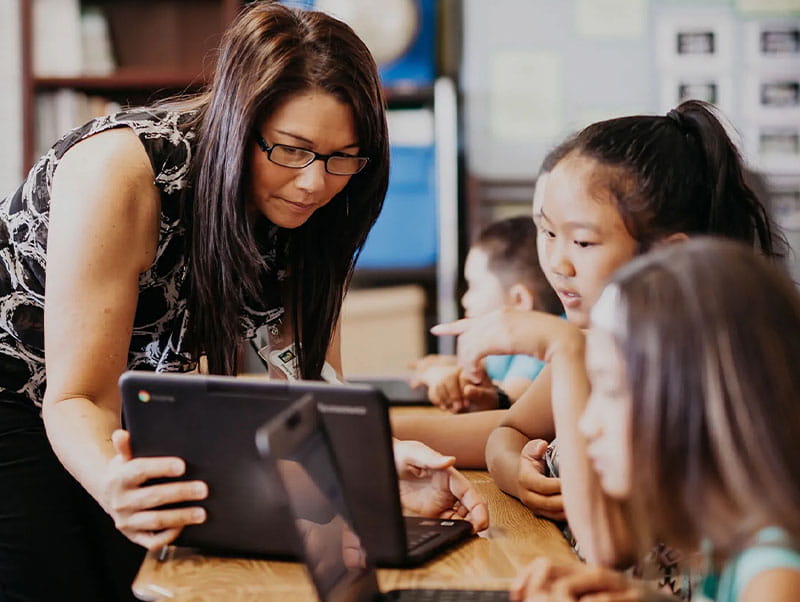
Check for student understanding
Regular checks for student understanding with actionable feedback loops have positive outcomes on student learning and development.
See how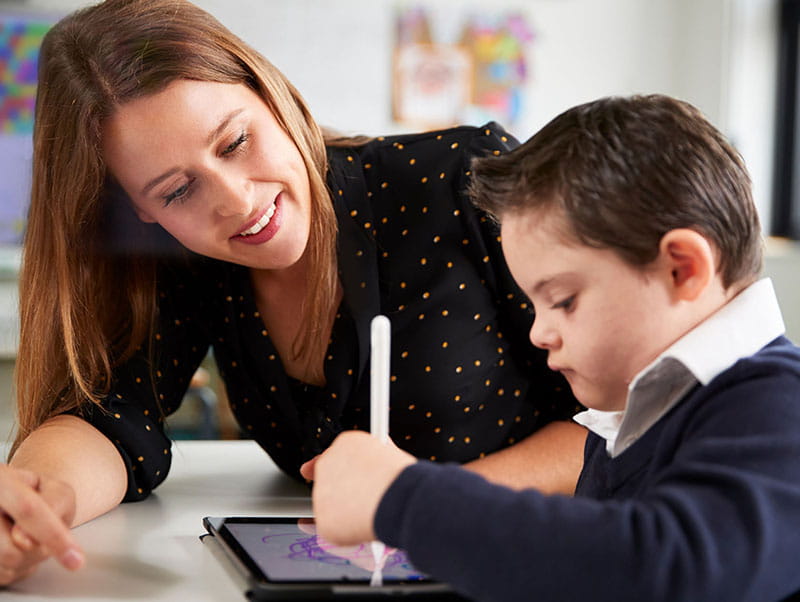
Increase student accessibility to learning
A Universal Design for Learning (UDL) approach facilitates inclusive and accessible classroom cultures, fostering collaborative problem-solving.
See howWant to get your school or district on board?
Download this FREE PDF to share Lumio with your school or district administrator, so they can see exactly how Lumio can enhance learning.
Download now- Astin, A.W. (1984). Student involvement: A developmental theory for higher education. Journal of College Student Personnel, 25, 297-308.
- Black, P., Wiliam, D. (2009). Developing the theory of formative assessment. Educational Assessment, Evaluation and Accountability 21, 5–31. https://doi.org/10.1007/s11092-008-9068-5
- Essam, R., & Passey, D. (2022) Identifying ‘best practices’ in education: Findings from a literature review. Lancaster University, Lancaster.
- Freeman, S., Eddy, S. L., McDonough, M., Smith, M. K., Okoroafor, N., Jordt, H., & Wenderoth, M. P. (2014). Active learning increases student performance in science, engineering, and Mathematics. Proceedings of the National Academy of Sciences, 111(23), 8410–8415. https://doi.org/10.1073/pnas.1319030111
- Glanville, J. L., & Wildhagen, T. (2007). The measurement of school engagement. Educational and Psychological Measurement, 67(6), 1019–1041. https://doi.org/10.1177/0013164406299126
- Hollenbeck, K., Rozek-Tedesco, M. A., Tindal, G., & Glasgow, A. (2000). An Exploratory Study of Student-Paced versus Teacher-Paced Accommodations for Large-Scale Math Tests. Journal of Special Education Technology, 15(2), 27–36. https://doi.org/10.1177/016264340001500203
- Jaggars, S. S., Edgecombe, N., & Stacey, G. W. (2013, April). Creating an effective online instructor presence. Report completed for the Community College Research Center, Teachers College, Columbia University, NY
- Mandernach, B. J., Donnelli-Sallee, E., & Dailey-Hebert, A. (2011). Assessing course student engagement. In R. Miller, E. Amsel, B. M. Kowalewski, B.B. Beins, K. D. Keith, & B. F. Peden (Eds.), Promoting student engagement: Techniques and opportunities (pp. 277- 281). Society for the Teaching of Psychology, Division 2, American Psychological Association
- Pascarella, E.T., & Terenzini, P.T. (2005). How college affects students: A third decade of research, Vol. 2. San Francisco, CA: Jossey-Bass.
- Tullis, J.G., and Benjamin, A.S. (2011). On the effectiveness of self-paced learning. Journal of Memory and Language, 64(2) 109–118., https://doi.org/10.1016/j.jml.2010.11.002


